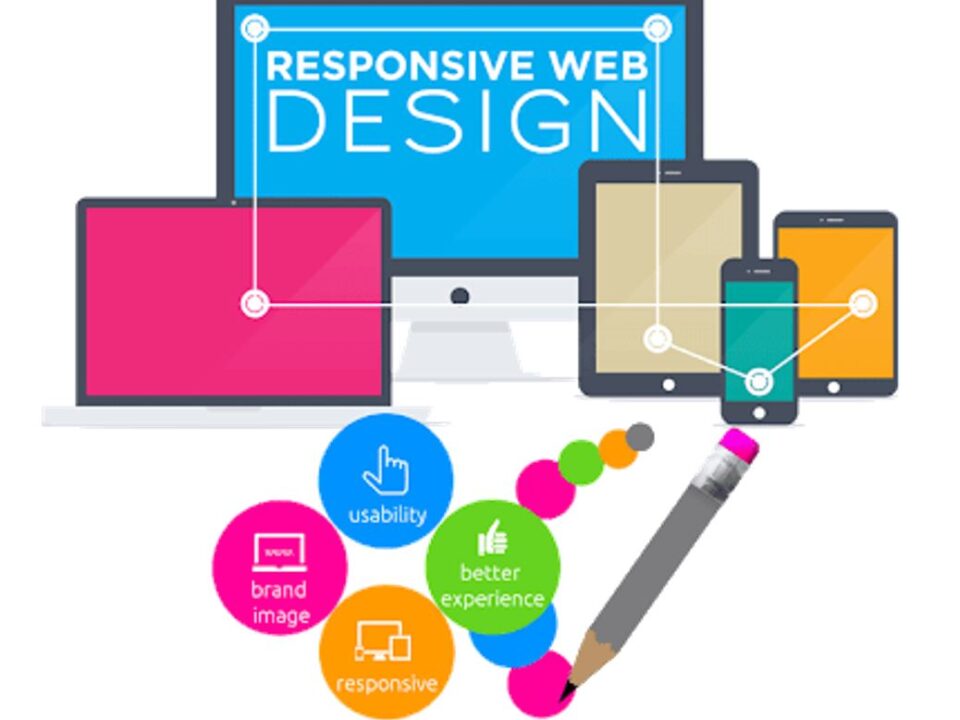Online Marketing: A Look at Common SEO Misconceptions
July 17, 2014Wyvern: The Next Language for the Web?
August 18, 2014A high-quality logo is an essential element when building your brand. An eye-catching design not only complements your business concept but also acts as advertising wherever it appears—on a website, letterhead, business card, or billboard. With the right design, your logo can raise your company’s profile and increase brand recognition. Your logo will also communicate a message about what kind of company you are—and you can control that message by incorporating certain features in the logo design itself. While each company has its own unique needs, the following five characteristics are true of all good logos.
A good logo is . . .
• Appropriate. A company logo should follow a style appropriate to the business itself. For instance, playful or multi-colored images may be more appropriate for a children’s clothing company than for a bank. The appropriateness of a logo is entirely about tone—how do customers expect your type of business to project itself? You do have some flexibility to use a logo that cuts against obvious or expected choices—a camera company need not use an image of a lens in its logo. However, a good logo will be consistent with the company’s larger image.
• Legible. A logo is legible if customers can easily read and make sense of the design; if a logo is not legible, customers may not be able to identify the company name or understand what type of business it is. Legibility can often become an issue with over-designed or ornate logos. While your logo should be visually interesting, it should not be confusing or indecipherable.
• Versatile. The versatility of a logo refers to how well it reads across different types of media. At a minimum, your company will likely include the logo on a website, stationery, and business cards. Depending on the business type, your logo may also appear on product packaging, clothing, social networking sites, mobile apps, and print/digital advertising. A strong logo is one that will be equally effective in each of these contexts; your logo should be adaptable to black and white printing and copying, and you may need several versions of the logo to use in different types of media. The goal here is for the logo to remain recognizable no matter where it appears.
• Memorable. In order to be effective, your company logo should be memorable—if it consists of a graphic, customers should be able to recognize your brand even without seeing the company name. A memorable logo makes a strong impression and contains visually interesting elements—it is a logo that is legible and versatile without being dull or predictable.
• Timeless. Like fashion or music, design follows certain trends. It can be tempting to adopt the hottest trends wholesale, but you should take a critical eye to any logo design that feels a little too on-trend. Try to imagine how the logo will look one, two, or five years from now. This strategy helps eliminate overly trendy designs, but it will also force you to think about how you expect your company to grow; if you anticipate growth into certain industries or sectors, consider how your logo design plays in those contexts, as well.
A skilled graphic designer can work with you to create a company logo that meets all of these criteria. You can facilitate that process by thinking about what you want your logo to communicate and where you expect it to appear.


